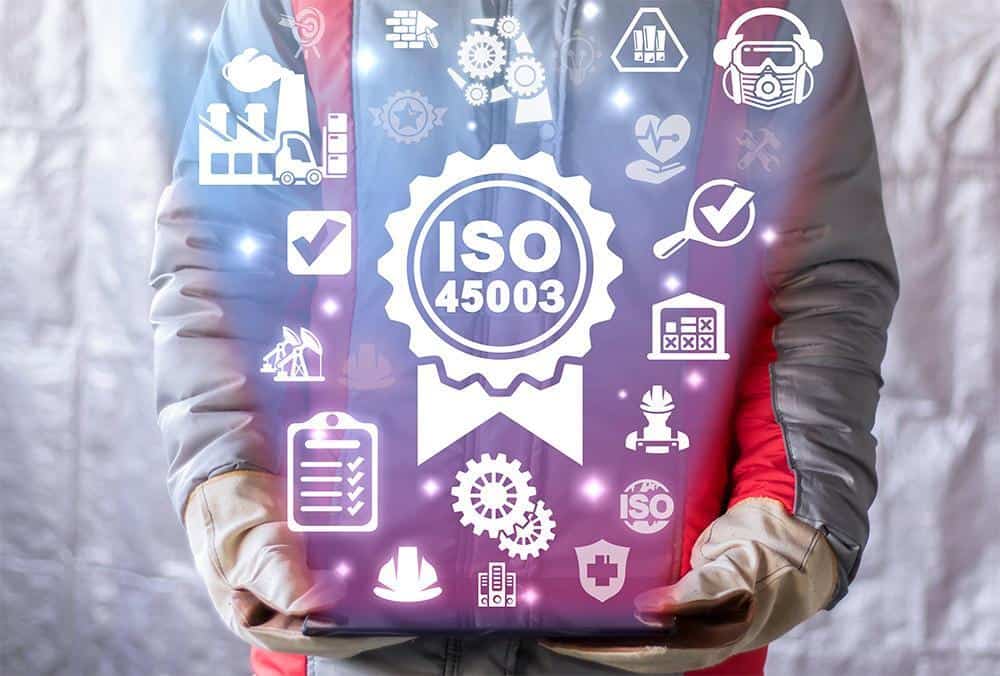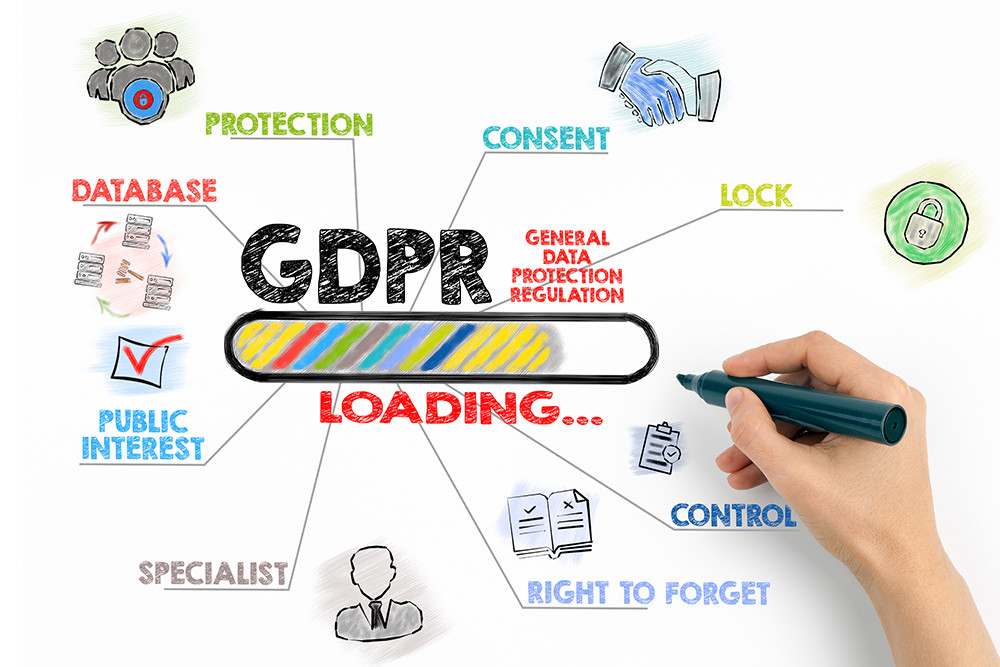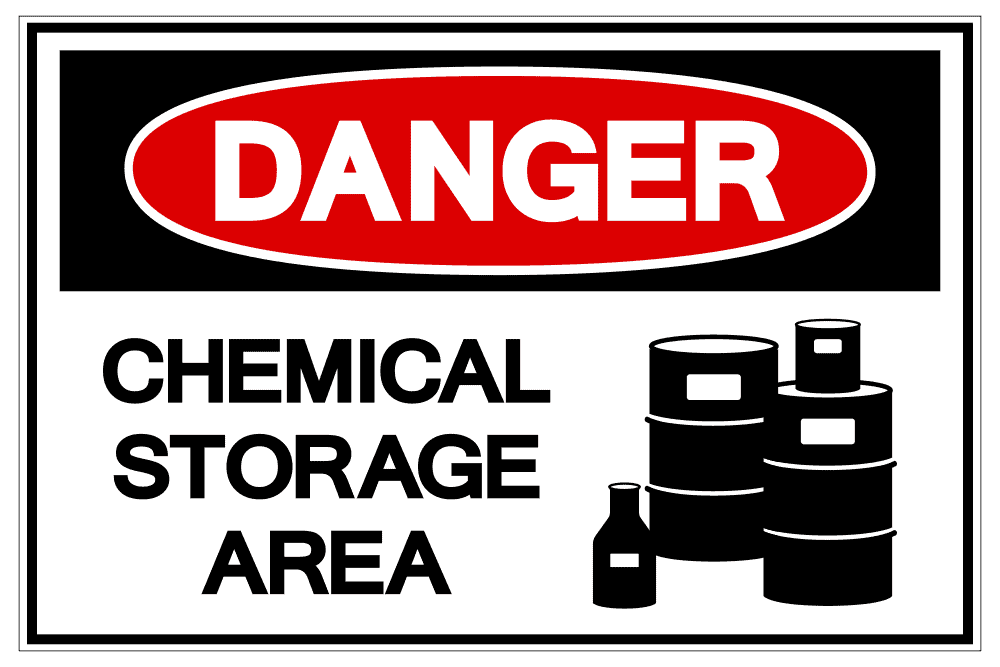
ISO 45003 was published in June of 2021 and is the first psychological health and safety standard that is recognised worldwide. The full title of the standard is:
ISO 45003 Occupational health and safety management – Psychological health and safety at work – Guidelines for managing psychosocial risks
As the name suggests, the standard provides guidance for employers and organisations on how to best look after mental health and factors that put it at risk at work – psychosocial risks.
There are numerous benefits to achieving ISO 45003. Following the health and safety advice given it will create a safer and more productive working environment for all. It will also demonstrate a high level of performance for the organisation that will boost its reputation.
Is pursuing ISO 45003 something your own organisation should look into? In this article, we will take at what the standard means, why it is important, and what you would need to do to achieve it?
What are ISO Standards?
ISO standards are used to maintain consistency and ensure quality in the global marketplace, developing and publishing technical, industrial, and commercial standards that facilitate world trade. There are currently 23,957 ISO standards covering a wide range of technology and manufacturing.
By being ISO certified, an organisation can show that its products or services products and services meet quality standards. For example, certain industries, such as the automotive industry, require their suppliers to be ISO certified before they will trade with them.
Tackling the Problem of Mental Health
Over the past several decades, the health and safety world has come to recognise that protecting the mental health of employees is just as important as protecting physical health. In the past, all mental health issues were simply lumped together under the term ‘stress’. And it was not something anyone thought employers had any control over.
Fortunately, times have changed. We now realise the depth and complexity of workplace mental health.
Mental Health Courses
Our mental wellness courses help overcome the stigma associated with mental health challenges and provide practical techniques for managing such challenges in professional settings. The courses aim to protect employees’ mental well-being, improve productivity and enhance work and personal life balance.
Looking After Mental Health is a Legal Duty
The HSE recognises that mental health issues in the workplace are a health and safety risk. As such, it falls under an employer’s duty of care to do everything reasonably practicable to look after their employee’s safety, health, and wellbeing.
These obligations are outlined in The Health and Safety at Work etc Act 1974 (HSWA), which is the foundation of UK health and safety law. The 1974 Act is also supplemented by the Management of Health and Safety at Work Regulations 1999.
The Cost of Mental Health
Moreover, psychological factors come with a significant cost, which can no longer be ignored. The social and economic cost of mental health problems in Britain reached a record £119 billion over the last ten years, as reported in the 2020 Spending Review by the UK Centre for Mental Health. These exact figures show that one-fifth of lost working days resulted from anxiety and depression caused by work.
A Standard that was Needed
According to Professor Stavroula Leka, Business School of University College Cork, ISO 45003 was designed to address the very same issues.
Being the co-convener of the working group that developed ISO 45003, Professor Stavroula identified that poor work organisation, design and management is associated with poor mental health, absenteeism, presenteeism and human error. It was felt that a specific guidance standard on psychosocial risks was needed.
The end result, ISO 45003, provides recommendations on how to identify and mitigate psychosocial risks to the mental wellbeing of employees. Mental wellbeing is defined under ISO 45003 as “fulfilment of the physical, mental and cognitive needs and expectations of a worker related to their work”.
How ISO 45003 Can Benefit for Your Organisation?
Complying with the guidelines in iso 45003 standard for psychological health and safety has a range of benefits for both employees and employers.
A work environment that focuses on maintaining good psychological health and safety makes employees feel more valued. It also encourages better and more effective relationships at work, promotes career development, and improves the work/life balance.
Employers that implement ISO 45003 in the workplace report higher rates of staff retention, increased staff performance, an upturn in productivity, and an overall decrease in absenteeism. It will also give your reputation a boost amongst clients, the public, and governing bodies.
While you are not legally obliged to implement ISO 45003, doing so will demonstrate compliance with the law. It will also increase their chances of being certified under ISO 45001.
What Does ISO 45003 Cover Exactly?
The ISO psychological health and safety standard provides information on identifying any potential risks to the psychological health and wellbeing of employees. It details how to perform psychosocial risk assessments in the workplace and advises what measures may be necessary to control these hazards.
A few psychological hazards examples can be practices that increase workplace stress, poor supervisor support, high performance demands, etc.
Three Main Categories
The guidelines cover areas that pose a potential risk to workers’ mental health. These areas fall under three main categories:
- How workloads are organised
- Social factors in the workplace
- The work environment
The Risks Covered
The psychological health and safety risks covered by ISO 45003 include:
- Burnout
- Overwork
- Lack of support
- Feeling unfulfilled at work
- Discrimination
ISO 45003 also addresses risks associated with working out of hours and the risks posed by remote working. The ongoing impact of the Covid19 coronavirus has brought these particular issues and the widespread concern of employee mental health to the forefront.
The Sections of ISO 45003
The text of ISO 45003 spans 23 pages and contains the following ten sections:
- Scope
- Normative references
- Terms and definitions
- Context of the organisation
- Leadership and worker participation
- Planning
- Support
- Operation
- Performance evaluation
- Improvement
Where Can You Find a Copy of ISO 45003?
If you would like the full text of ISO 45003, you can download a read-only copy for free from the ISO website.
What You Need to do to Attain ISO 45003?
ISO 45003 is a stand-alone document and not a certified standard. However, it is based on the occupational health and safety (OH&S) management system outlined in ISO 45001. Adhering to the guidance given in ISO 45003 will assist an organisation in gaining certification under ISO 45001.
ISO certification is provided by a third party to ensure the integrity of the process and is reviewed on an annual basis. Although ISO 45003 is currently designated as non-certifiable, businesses and organisations can have their compliance with ISO 45003 assessed by an independent third party in conjunction with the ISO 45001 certification audit.
To gain ISO certification, a business must be evaluated and audited by an authorised ISO certification body. These bodies must adhere to the certification process developed by the ISO’s Committee on Conformity Assessment (CASCO).
You can find an accredited ISO certification body at the National Accreditation Body for the United Kingdom (UKAS) website, at the European Cooperation for Accreditation (EA) website, or by visiting the International Accreditation Forum (IAF).
Further Mental Health Resources for Employers and Employees
Whether you decide ISO 45003 is right for your organisation or not, staying safe at work remains a vital responsibility. To ensure that the workplace stays a safe and equitable space for all, adequate knowledge in recognising and controlling workplace risks is crucial. Employers and employees need to be aware of both the physical risks and the mental health risks present in the workplace.
Participating in online health and safety training is a fast, effective, and affordable way to give employees the skills they need to keep the workplace safe.
Mental Health Awareness training will ensure that management and front-line workers realise the importance of recognising and controlling psychosocial and psychological risks in the workplace.
Undertaking violence and aggression training online can improve the way that employees deal with confrontations with the general public.
The Institute of Occupational Health and Safety (IOSH) Managing Safely course provides people in management roles with the skills they need to effectively implement health and safety protocols.
All of these courses are currently available online from Human Focus. By combining the skills gained in these, and other, health and safety training courses with the guidelines laid out in ISO 45003, employers and employees can work towards creating safer, more enjoyable, and more productive workspaces for everyone.




















